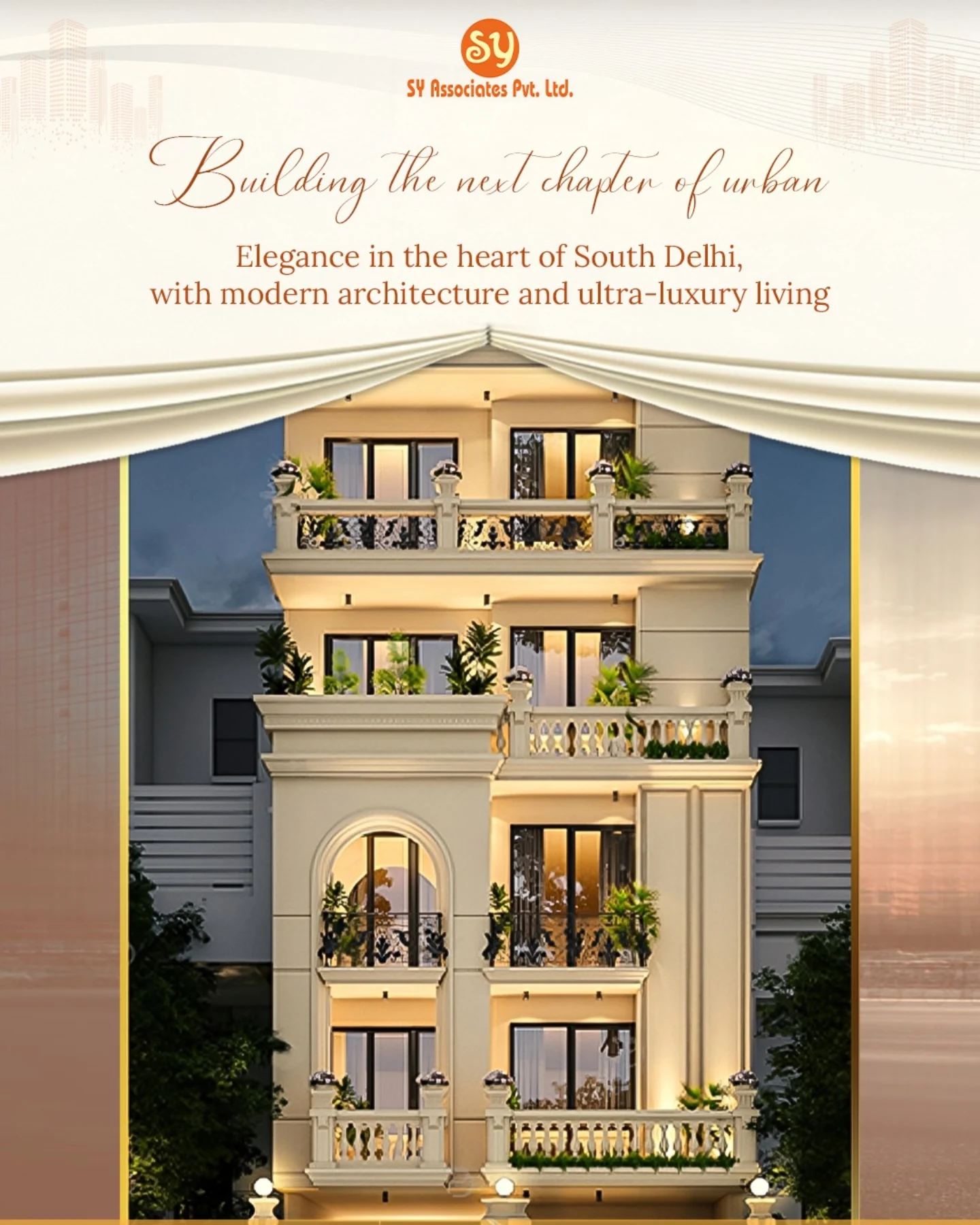The Power of Storytelling: How Homes Tell Their Architectural Story

Architectural storytelling begins with recognizing that buildings are more than mere structures—they are vessels of human experience. Just as a novelist carefully selects words to evoke specific emotions, architects and designers choose materials, proportions, and spatial relationships to communicate particular feelings and ideas.
The Language of Architectural Elements
The language of architecture operates much like any sophisticated communication system, but instead of words and sentences, it uses space, form, materials, and light to convey meaning. Think of it as a three-dimensional vocabulary that speaks directly to our emotions and subconscious before our rational mind even begins to process what we’re experiencing
The Grammar of Space and Proportion
Just as written language has grammar rules that give structure to meaning, architecture has its own spatial grammar. The relationship between ceiling height and room width, for instance, follows unspoken rules that our bodies intuitively understand. When you enter a room with soaring 14-foot ceilings and expansive proportions, your chest naturally opens, your breathing deepens, and you feel elevated—both literally and emotionally. This isn’t coincidence; it’s architectural grammar at work.
Consider how a narrow hallway followed by an expansive living room creates what architects call “compression and release.” This spatial sequence mirrors the structure of a well-crafted sentence, building tension and then providing resolution. Your body experiences this transition physically—the slight constriction in the hallway makes the subsequent openness feel even more dramatic and welcoming.
Materials and textures
They serve as the vocabulary of architectural expression. Rough-hewn stone might speak of permanence and connection to the earth, while sleek steel and glass suggest modernity and transparency.
Houses nowadays follow more eco friendly norms like using natural energy by installing new technology like Solar Panels, and materials like sustainable sourced wood, recycled glass and low VOC Paints. This helps in bringing back the cozy and familiar homely environment.
Light and Shadow
It functions as the punctuation marks of architectural storytelling. A carefully placed skylight can transform a mundane hallway into a moment of daily wonder, while deep overhangs create dramatic shadows that change throughout the day, marking the passage of time in living poetry.
Rhythm and Repetition in Architectural Composition
Architecture creates rhythm through the repetition of elements, much like poetry uses meter and rhyme. Think about a colonnade where identical columns march in regular intervals—this creates a visual rhythm that your eye naturally follows. But like any good composition, architectural rhythm becomes more interesting when it includes variation. Perhaps one column is slightly different, or the spacing changes subtly, creating syncopation that keeps the eye engaged.
Windows across a building’s facade work similarly. Regular window spacing creates a steady rhythm, but varying the size or position of certain windows creates emphasis and visual interest. It’s like a musical composition where the basic beat remains constant, but variations and accents make it compelling rather than monotonous.
Cultural Dialects in Architectural Language
Just as spoken languages have regional dialects, architectural language varies across cultures and geographic regions. Mediterranean architecture speaks in thick walls, small windows, and cool courtyards—a dialect developed in response to intense sun and heat. This architectural vocabulary communicates themes of shelter, coolness, and the value of shade. Northern European architecture, by contrast, emphasizes large windows and steep roofs, speaking to the need to capture precious daylight and shed snow and rain.
Layering History and Personal Narrative
Successful architectural storytelling often involves layering different temporal narratives. A renovated historic home might preserve original architectural details while introducing contemporary elements that speak to current lifestyle needs. The juxtaposition of old and new creates a complex story about honoring the past while embracing the future.
Personal collections and family heirlooms become part of the architectural narrative when spaces are designed to accommodate and celebrate them. Built-in display niches, specialized lighting, or custom millwork can transform personal objects into integral parts of the home’s story, creating continuity between the architecture and the lives of its inhabitants.
Outdoor Spaces as Story Extensions
The architectural narrative doesn’t stop at the interior walls. Outdoor spaces—patios, gardens, and courtyards—serve as additional chapters in the home’s story. A carefully designed transition between interior and exterior spaces can blur the boundaries between built and natural environments, creating a narrative about harmony with nature.
A covered porch that shares the same flooring material as the interior living space tells a story about seamless indoor-outdoor living. Gardens visible from multiple interior vantage points create ever-changing seasonal narratives that become part of daily life within the home.
The Sensory Dimension of Architectural Storytelling
Effective architectural storytelling engages all the senses, not just sight. The sound of footsteps on different flooring materials can signal transitions between public and private spaces. The tactile experience of running your hand along a polished handrail or the rough texture of a stone wall adds depth to the architectural narrative.
Temperature and air movement also contribute to the story. A fireplace that draws family members together on cool evenings tells a story about comfort and gathering, while strategically placed windows that create natural ventilation speak to environmental consciousness and connection to outdoor conditions.
Conclusion: Living Within the Story
When architectural storytelling succeeds, inhabitants don’t just live in a house—they become part of an ongoing narrative that enriches their daily experience. Every morning’s coffee in the breakfast nook, every evening’s gathering in the family room, and every quiet moment in a reading corner becomes part of a larger story about how design can support and enhance human life.
The most powerful architectural stories are those that continue to unfold over time, adapting to changing needs while maintaining their essential character. By understanding the principles of architectural storytelling, homeowners and designers can create spaces that not only function beautifully but also provide the setting for life’s most meaningful moments.
Through thoughtful home character design and attention to creating meaningful spaces, architects and designers can craft homes that serve as more than shelter—they become the backdrop for the stories we tell about our lives, our values, and our dreams.
